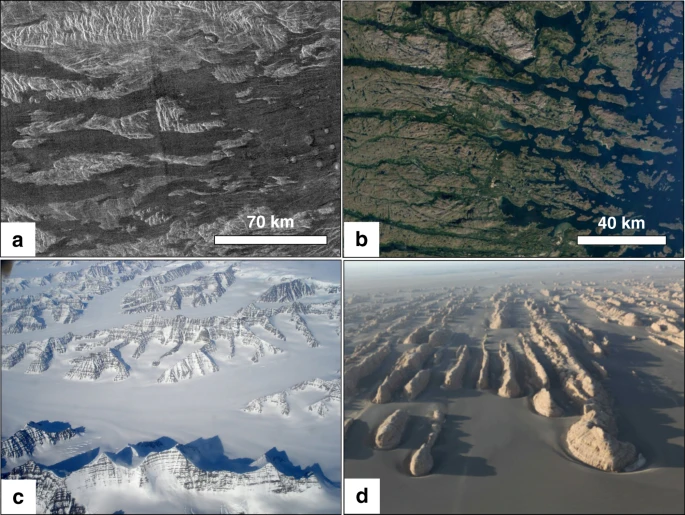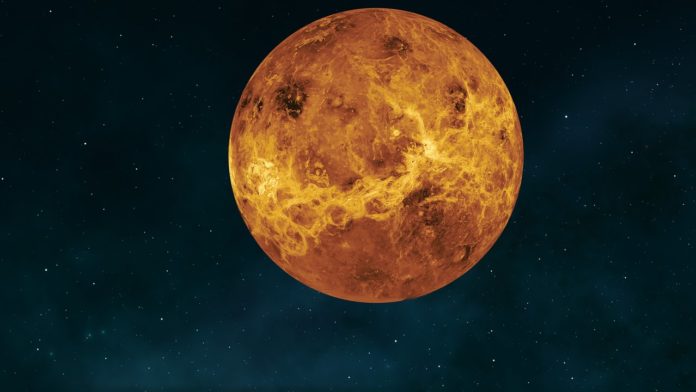Although Venus is often referred to as the Earth’s twin, the climates of these two planets couldn’t be less alike. Venus has a thick, toxic atmosphere filled with greenhouse gases like carbon dioxide and a surface pressure more than 90 times that of the Earth. It’s also the hottest planet in our Solar System, with average daytime temperatures of nearly 500 degrees Celsius.
But has Venus always been so inhospitable? While astronomers once believed that Venus has been hot for most of its existence, new research has emerged over the past several years to indicate that this may not be the case. Like Mars, Venus may have once been cool enough to host liquid water — and now, thanks to a recent study from Carleton University, scientists have found direct geological evidence of this much-more-hospitable past.
The study was led by Sara Khawja, a master’s student in Carleton’s Department of Earth Sciences, and published in Nature Communications.
Venus may have been Earth-like in the past
In recent years, planetary scientists have used models of Venus’s atmosphere and climate over time to suggest that Venus may have been Earth-like for the majority of its history, with a runaway greenhouse effect changing its climate catastrophically sometime in the recent past.
While models pointed to this being the case, finding direct evidence of this climate change event was difficult. Venus’s harsh conditions have halted a number of exploration attempts, and the opaque atmosphere makes locating a suitable landing site particularly challenging.
For Khawja and colleagues, however, a clue came in the form of unique Venusian terrains known as tesserae. Tesserae are old, tectonically-deformed regions on Venus’s surface which scientists have been studying for many years, but they did not have a clear origin — until now.
The team studied radar image data from NASA’s Magellan mission, which orbited around Venus in the early nineties. The goal of the mission was to map 70 percent of Venus’s surface using a synthetic-aperture radar: a technology that can be used to create two-dimensional images or three-dimensional reconstructions of landscapes.
They found that valleys present in images of Venus’s tesserae closely resembled river erosion patterns on Earth. This implies that Venus may have hosted running liquid water sometime in its past, providing the first geological evidence of a cool, wet climate on early Venus.

“It was an amazing moment when we realized the pattern of valleys in ancient complex terrains called tesserae resembled river flow patters on Earth and suggested river erosion,” said Richard Ernst, a Scientist-in-Residence in Carleton’s Department of Earth Sciences and co-author on the paper, in a press release. “We were excited to be seeing the first geological evidence for an earlier Earth-like climate on Venus.”
Recent results have also hinted at the possibility of microbial life on Venus, though additional work is needed to confirm this detection. Either way, scientists are developing a new picture of our Earth’s twin planet which may lead to renewed interest in Venus missions.
In the meantime, the BepiColombo probe has just completed one of two planned Venus flybys. The information gathered by the probe will help scientists learn more about the planet, perhaps further revealing a history not entirely unlike our own here on Earth.










































